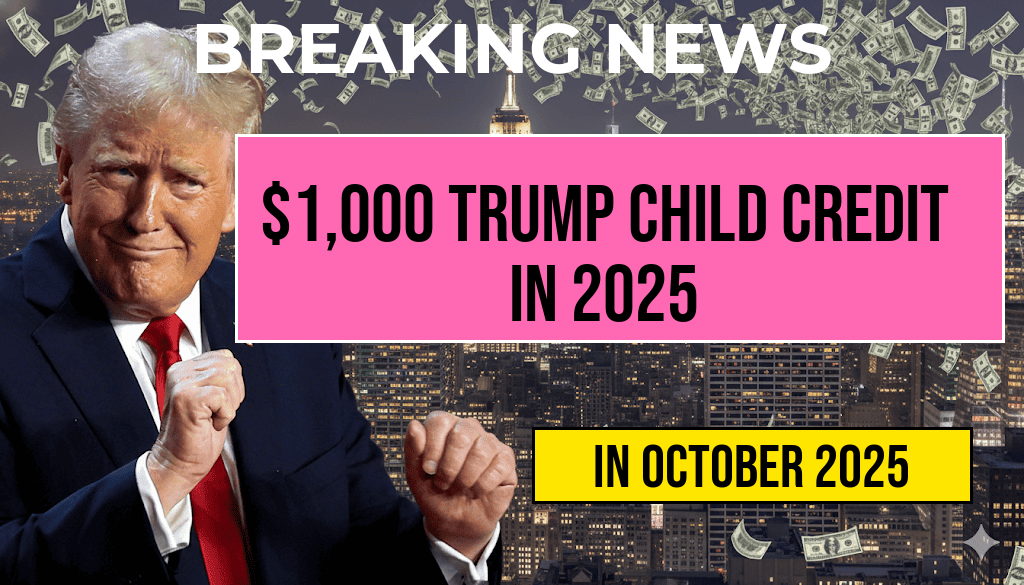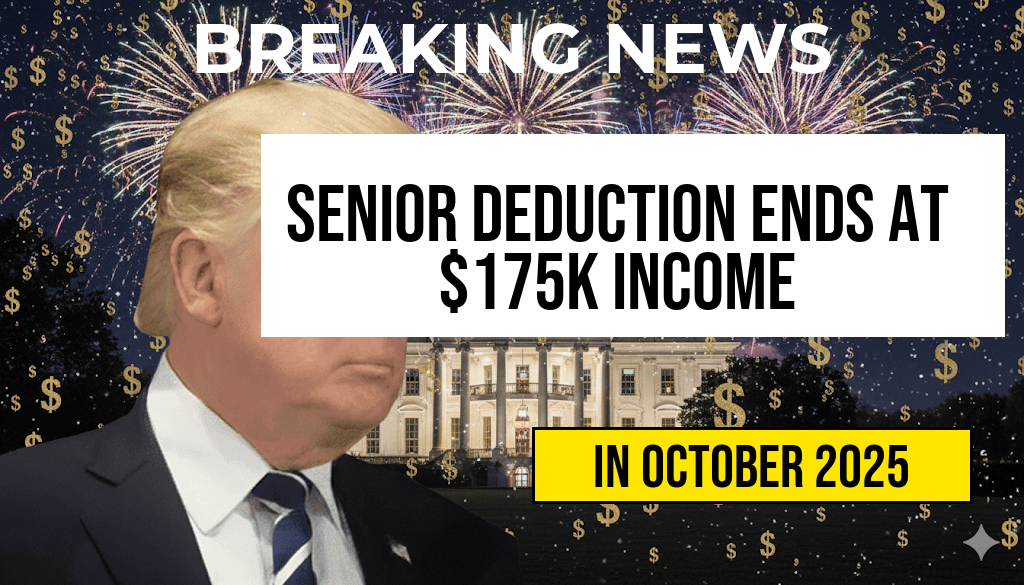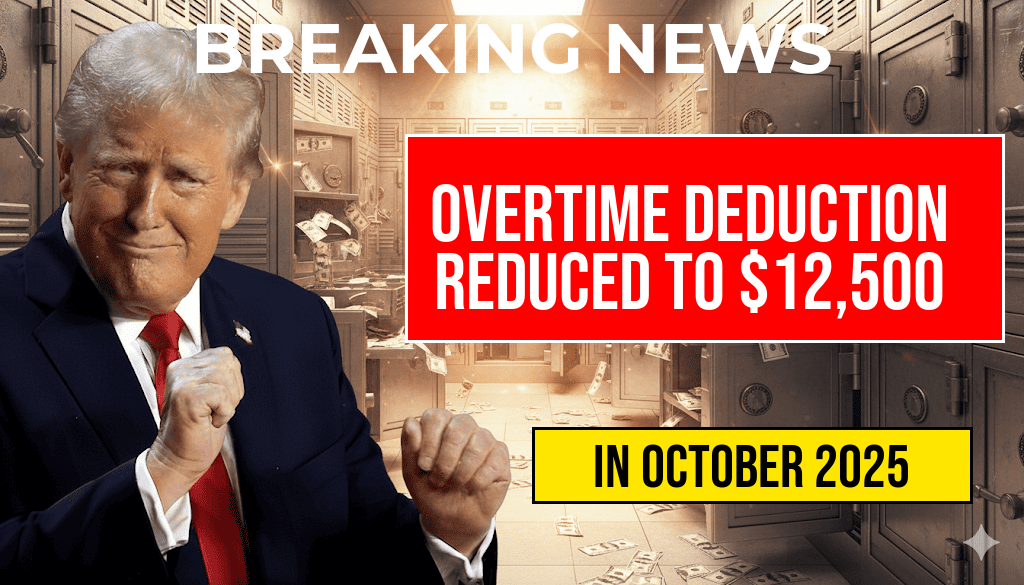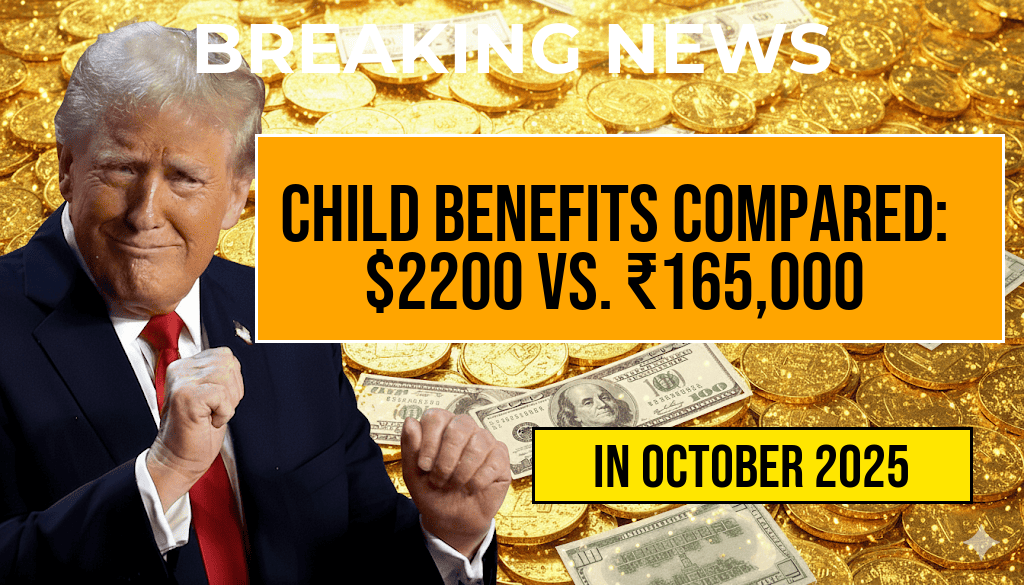The proposed $1,000 “Trump Account” credit for each child in 2025 has ignited widespread debate across political and economic circles. Announced as part of an ambitious initiative, the plan aims to provide direct financial support to families, with the government allocating funds specifically to benefit children. According to officials, the program intends to bolster household incomes, reduce child poverty, and stimulate economic activity. However, critics question the long-term implications, pointing to concerns about inflation, fiscal sustainability, and the potential for increased government intervention in family affairs. The plan is scheduled for implementation in the upcoming fiscal year, with detailed guidelines expected to be finalized early next year. As discussions continue, stakeholders from policy makers to advocacy groups are examining the potential impacts of this sizable direct payment, which could reshape how the U.S. approaches child welfare and economic support.
Details of the Proposed “Trump Account” Credit
Scope and Eligibility
- The initiative targets families with children under 18 years old.
- Eligible households must meet specific income thresholds, primarily focusing on low- to middle-income families.
- Each qualifying child would receive a one-time credit of $1,000 in 2025, directly deposited into a government-managed account.
Implementation Timeline and Funding
| Milestone | Date | Details |
|---|---|---|
| Legislative Approval | Q2 2024 | Congress to debate and pass the measure |
| Account Setup & Infrastructure | Q4 2024 | Establishment of federal systems for disbursement |
| Disbursement Begins | January 2025 | First payments to be made early in the year |
Funding Sources and Cost Estimates
The program is projected to cost approximately $120 billion annually, with funding allocated from federal budgets, including adjustments in discretionary spending and potential new revenue measures. Officials emphasize that the initiative aims to complement existing social safety net programs, such as the Child Tax Credit, rather than replace them.
Political and Public Response
Supporters’ Perspective
Proponents view the $1,000 “Trump Account” as a targeted approach to combat child poverty and promote economic stability. Advocates argue that direct payments can provide immediate financial relief, especially for families struggling with rising costs of living. “This initiative recognizes the importance of investing directly in our children’s future,” said Senator Jane Doe (D-CA). Supporters also cite studies indicating that early financial support can have positive long-term effects on educational and health outcomes.
Criticisms and Concerns
Opponents raise questions about the program’s fiscal sustainability, warning that such large-scale direct payments could exacerbate inflationary pressures. Critics also argue that without accompanying structural reforms, the initiative may not address underlying economic disparities. “This plan risks creating a dependency cycle if not integrated with broader economic reforms,” noted economist John Smith, referencing concerns about long-term fiscal responsibility.
Comparison with Existing Programs
Child Tax Credit and Related Benefits
The proposed $1,000 “Trump Account” would supplement, rather than replace, existing child-related benefits like the Child Tax Credit, which has historically provided up to $2,000 per child annually. However, the new program’s direct deposit model aims for faster, more targeted relief, especially during economic downturns.
Potential Impact on Families
| Family Type | Number of Children | Total Credit |
|---|---|---|
| Single Parent | 2 | $2,000 |
| Two-Parent Household | 3 | $3,000 |
Implications for Future Policy
If enacted, the $1,000 “Trump Account” could serve as a model for more aggressive direct child support policies nationwide. It also raises questions about the role of federal government in family economics, potentially prompting discussions on expanding or reforming existing social welfare programs. Analysts suggest that the success of this initiative may influence future legislation aimed at reducing child poverty and promoting economic mobility, especially as demographic shifts and inflationary pressures continue to challenge policymakers.
For more details on social welfare policies and economic support programs, visit Wikipedia’s overview of social welfare in the U.S. and Forbes’ coverage of economic policies.
Frequently Asked Questions
What is the One Thousand Dollar ‘Trump Account’ program?
The One Thousand Dollar ‘Trump Account’ program is a proposed initiative in 2025 that provides each child with a credit of $1,000 to support their financial future and education expenses.
Who is eligible to receive the Trump Account credit?
Eligibility is typically limited to children born or residing in the country by 2025, with specific criteria set by policymakers to ensure equitable distribution of the $1,000 credit.
How will the $1,000 credit be distributed to each child?
The credit is expected to be deposited directly into a specialized account or fund for each eligible child, with mechanisms in place for parents or guardians to manage or access the funds.
What are the main goals of implementing the Trump Account in 2025?
The primary goals include supporting children’s financial security, encouraging long-term savings, and promoting economic growth by investing in the future generation.
Are there any conditions or restrictions on the use of the $1,000 credit?
Details are still being finalized, but restrictions may include limitations on usage such as restrictions on immediate spending and requirements for long-term savings or educational purposes.







